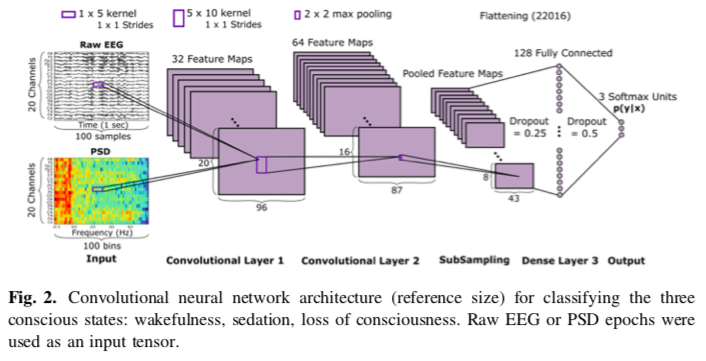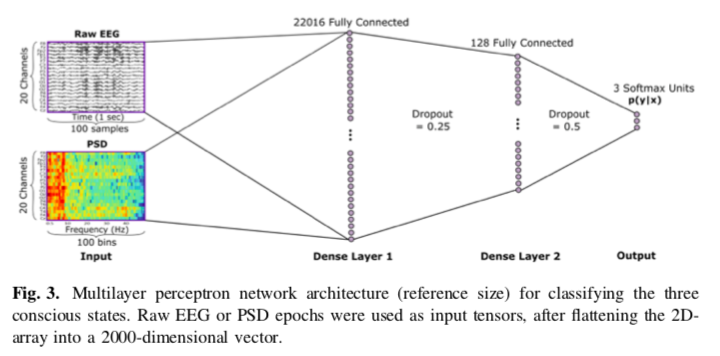Deep Neural Networks for Automatic Classification of Anesthetic-Induced Unconsciousness
spatio-temporo-spectral features.


Deep Neural Networks for Automatic Classification of Anesthetic-Induced Unconsciousness
spatio-temporo-spectral features.


rid. The apparent equivalency of thesetime chunksmask the affective experiences and emotional intensities of lived temporality
Lived experience spotlights the tension/stress between managing chunkable time vs accepting spectral time.
How to accommodate unequal units of time? Or units that have different contextual meanings?
. Notably, this lack of predictability had large social, rather than individual, implications—a finding that strongly echoes prior CSCW research [1, 4, 13, 15, 20, 22, 34, 35, 36, 38, 45, 46, 59]
Design implication: This is the nut to crack.
In alignmentwith Reddy and Dourish’s concept of temporal trajectory [45], spectral time suggests that temporal experience is more than a grid of accountable blocks; multiple temporalities create flowsthat often defy both logical renderingand seamless manipulation
Spectral time is linked to Reddy's idea of temporal trajectory.
Our data reveal that not every temporal experience is easily articulated, planned for, measurable orable to be renderedinto a schedule.We call these temporal experiences spectral time,to capture howtime trailsor ghostsin ways that cannot always be expected, planned, or accounted for.Spectral time referencesmoments that do not lend themselves to scheduling(i.e. chunking), either because the act seems toomundane to justify articulation (i.e., getting dressed), because it is difficult to assess (i.e., travel time) or simply because it cannot be anticipated (i.e., creative phases).
Definition and examples of spectral time -- or time that can't easily be accounted/planned for.
Counters the idea that time is chunkable.